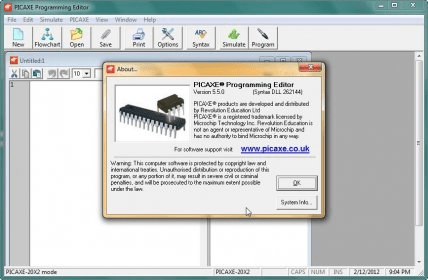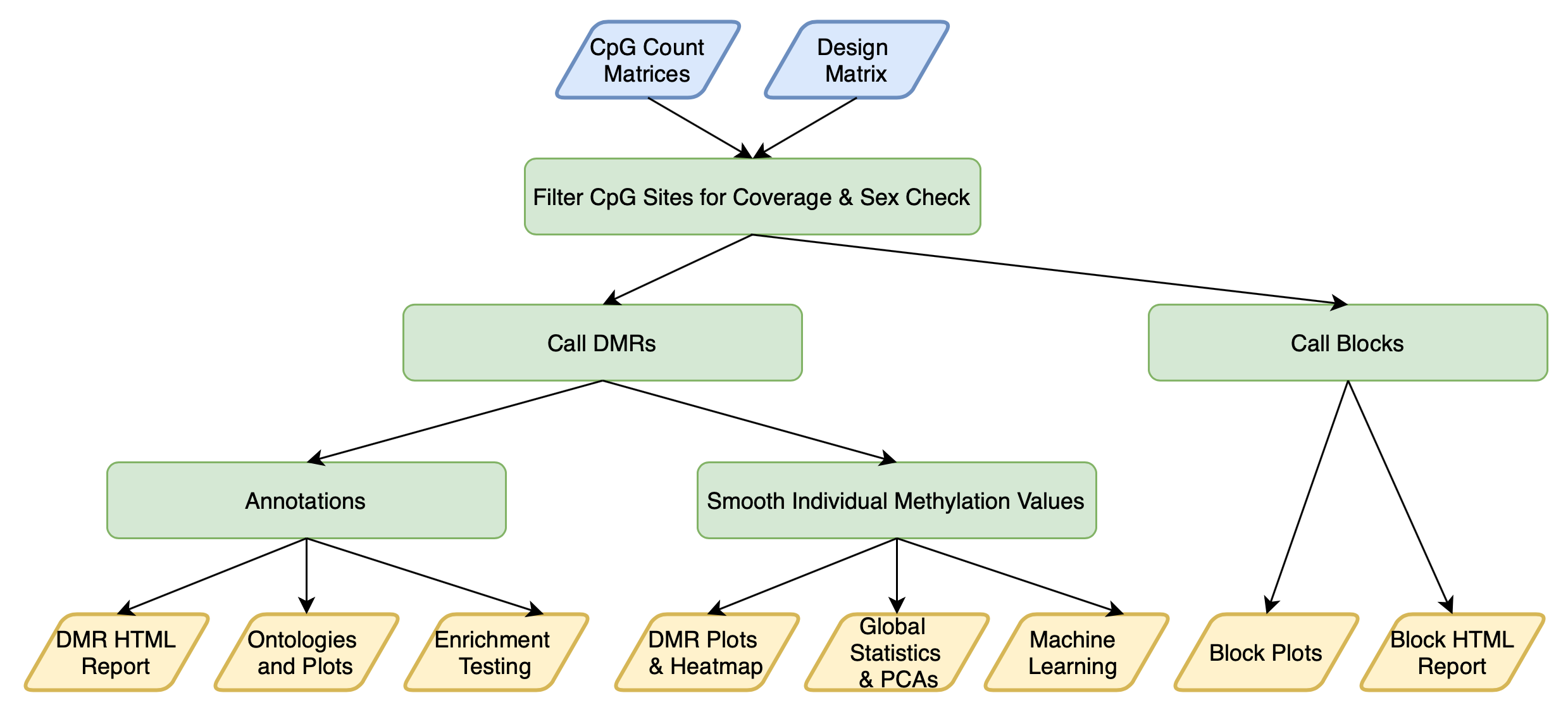


Nowhere is the importance of listening first more applicable to radio operation as it is with DMR, and especially networked DMR. Failure to adhere to delaying transmission may result in denying other operators access. Remember, users of any DMR repeater, or any DMR hot-spot device, on a world-wide basis, may wish to break in. Operators should wait for a minimum of 2-seconds after hearing the end of a transmission before initiating a transmission, and then wait an additional 1-second after keying the transmitter before speaking. It should be noted that there is no repeater squelch tail with DMR. Similarly, DMR requires that you wait after a transmission stops, and before you start a transmission, to accommodate breaking traffic. An analogy can be drawn to analog FM repeater communications, where protocol demands delaying until the repeater squelch tail drops, and voice must be delayed after keying to accommodate tone decoder delays. Users should invoke a higher level of operational courtesy, and a stronger adherence to structured protocols to avoid denying access to other operators.ĭMR: ACCOMMODATING BREAKING STATION WHERE LARGE LATENCIES PREVAILīecause of latency that is introduced by digitally encoding of digitized voice communications with Forward Error Correction codes at the transmitter, the application of Forward Error Correction to decoded data at the receiver, and the delay inherent in internet traffic, significant and noticeable latency (delay) is inherent in DMR communications. Operators must visualize that their communications may not only be heard by hundreds, or thousands of DMR users, but that resources are being tied up by communications and may deny other users access. Networked DMR communications is a shared resource, with imposed latencies (delays) that require a high level of ETIQUETTE applied to radio operation.


 0 kommentar(er)
0 kommentar(er)
